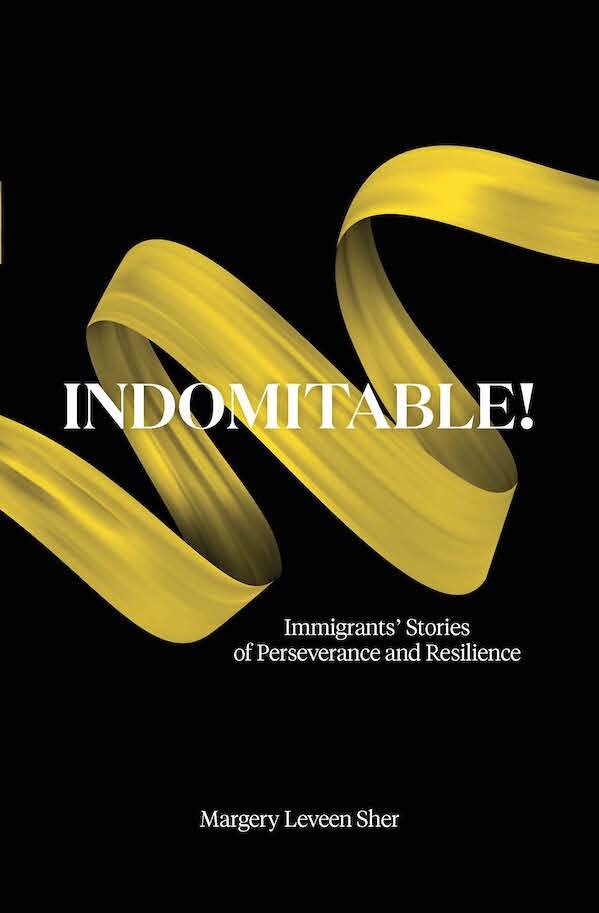Yikes! Torsion!
/I really do not like to not know things.
Now, this tongue-twister of a negative sentence simply means that I suffer from the Human Idiosyn-Crazy® of nosiness, in all its variations.
I Noticed today, in a rush of distress, that I do not know how bridges work. How do they keep standing under the weight of all that traffic? Why are there so many different kinds of bridges? Are the designs just different for aesthetic reasons or are they the result of the laws of physics? And, scary thought, why do some bridges fail?

Do you admire the beauty of bridges? The George Washington Bridge, connecting NY and NJ, and the Golden Gate Bridge in San Francisco are iconic, of course. But in the course of my extensive research for this Noticing (a quick Google, as usual), I came across many, many more bridges of awesomeness. Check out the Forth Rail Bridge in Scotland and the Puente del Alamillo in Spain. That one is really stupendous!
So I read a lot in “How Stuff Works”, which is a really terrific website for nosy people. http://science.howstuffworks.com/engineering/civil/bridge10.htm
This is what I learned:
Stuff that always happens. (Life happens; we just have to deal with it.)
Tension (pulling across)
Compression (pushing down)
Stuff that is bad that could happen. (OK, we know what could happen; we have to guard against it, as best we can.)
Buckling
Snapping
Torsion (twisting)
Shear
Resonance (vibration)
Stuff that will make the regular stuff work for us and keep the bad stuff at bay.
Beams
Arches
Trusses
Suspensions
Cables
Towers
See - building bridges is as easy as dealing with what happens and guarding against the bad. Geez! I have become a regular physicist!
Here’s something to think about, though: Galloping Gertie. Galloping Gertie was the name given to the first Tacoma Narrows Bridge in Washington State. It was destroyed in 1940 by resonant vibrations. Wind increased the vibrations so violently that the bridge just broke apart! A lot was learned from that disaster.
Guarding against resonance is the same reason, I learned, that an army marching across a bridge “breaks step” so that vibrations from the march do not set forces of resonance in action to destroy the bridge.
But bridge building is a pretty secure science. As you know, bridges have been around for a very long time. The ancient Greeks built bridges to connect parts of the Peloponnese. The Romans were famous bridge-builders, of course. They built arch bridges and used concrete! Many Roman bridges still exist. Bridges were built in ancient India and China. Much later, the Inca Empire (1438 to 1532) built over 200 natural fiber suspension bridges – an incredible feat in harsh terrain.
You know, if as I said, building bridges is just a matter of dealing with what happens and guarding against the really bad, that is kind of a philosophy of life, too, isn’t it? But I left out one important thing about bridges. The opening of new bridges is often accompanied by celebration, ceremonies and fireworks. So now we have a full philosophy of life: deal, guard, but also be sure to celebrate!
©2014 Margery Leveen Sher
MARGERY IS AVAILABLE TO KEYNOTE YOUR MEETING OR CONFERENCE with a motivational talk peppered with both startling wisdom and humongous laughs:
“Notice What You See and Be a Hero at Work”
Margery Leveen Sher is a speaker, writer, and entrepreneur with decades of experience as a consultant for major corporations and government agencies. She is the founder and Chief Noticing Officer of The Did Ya Notice? Project, and is currently writing the definitive book on Noticing.



